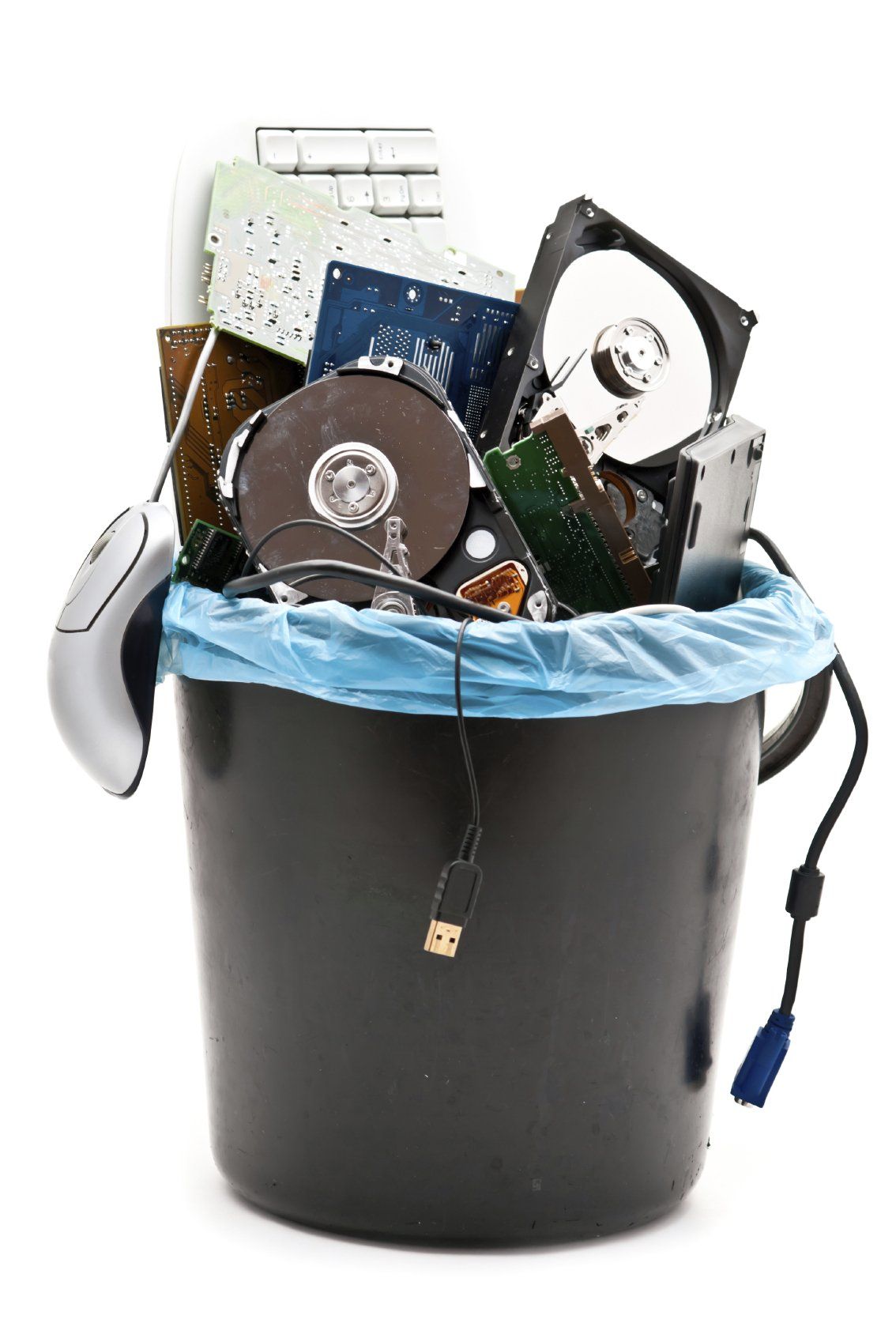Facts about Plastic
How is plastic made?
It all begins with extracting raw materials from crude oil, natural gas, and sometimes coal. The overall mixture needs to be processed under particular conditions. Handling the variety is a complex task as it contains thousands of compounds. The transformation of crude oil and natural gases into various petroleum products is called the refining process. The derived petroleum products are converted into valuable chemicals, including “monomers.” Crude oil is heated in a furnace and sent to the distillation unit. Here the filtration will occur, separating crude into lighter and smaller compounds called “fractions.” Out of the extracted compounds, the plastic industry favors a range of hydrocarbon distillates, collectively called Naptha. It can make large amounts of plastic, but other means, like gas, can also be utilized. Most plastics are produced using Polymerization (Chain Growth Method) and the step-growth method. Polymerization begins with olefin gas converting into higher molecular weight hydrocarbons(Polymers). To make that possible, monomers must be bonded into chains. There are two variations of polymerization – Addition Polymerization and Condensation Polymerization

How harmful is plastic to the environment?
Many of us are familiar with what plastic pollution looks like--media is full of images like a plastic straw being pulled from a sea turtle’s nose, a bird found dead with plastic blocking its airway, a beach riddled with plastic bottles. All these images are vivid examples of what plastic can do to our marine environment; however, the devastating impacts of plastic on our oceans are much more widespread and ever-increasing. Plastic debris is accumulating in our oceans at a steady and deadly rate. Conservative estimates suggest that eight million metric tons of plastic finds its way into the world’s oceans every single year. That is equivalent to two Empire State Buildings’ worth of plastic going into the ocean every month. Plastic pollution never completely biodegrades; instead, it just breaks down into small particles that remain in the ocean for years. These particles are consumed by seabirds, mammals, and even fish, with often fatal results.Plastic pollution will have far-reaching impacts on marine organisms and ecosystems for centuries to come. To prevent our oceans from becoming completely inundated with plastic, we need to tackle the issue at its source by preventing plastic from entering the environment in the first place. These two fact sheets, Plastic Peril and choked, lay out the facts of plastic pollution and suggest ways to curb this deadly threat.

You consume microplastics
Scientists are certain that humans around the world are ingesting tiny pieces of plastic on a regular basis. Now, they are seeking to understand how the wide distribution of microplastics affects human health and the environment as a whole. Eating a credit card's worth of plastic — a comparison often used to illustrate estimates that people consume about 5 grams of microplastics a week on average — sounds unhealthy on a very visceral level. Learning that those pieces of plastic could later show up in your lungs is even scarier. You may have heard that plastics never fully decompose. In fact, plastic waste slowly breaks down into smaller and smaller pieces, creating microplastics that are so light they can be swept up by the wind. Microplastics are defined as particles measuring no more than 5 millimeters across, which is about the size of a grain of rice. In the 20-odd years since they were named, scientists have found microplastics in virtually every environment, from ocean floors to mountain peaks. Studies aimed at locating microplastics and confirming human exposure have been ongoing for a decade or more, marine scientist Alice Horton told the magazine. The current phase of research should focus on potential impacts to human and environmental health, in line with a call to action by the World Health Organization in 2019. Recent studies have confirmed the presence of microplastics in human lung tissue taken 11 from living patients, as well as in the blood of a separate group of 17 out of 22 people tested. Before that, scientists suspected that some microplastics remain in the body (although many particles exit via bowel movement). An earlier study that identified plastic particles in the placentas of unborn babies raised concern about harm to developing fetuses.
We know that plastics are made of chemicals, and many of those chemicals have the potential to be toxic to humans. Of more than 10,000 ingredients used to make plastics, public health experts are concerned about more than 2,400 unique chemicals — and 901 chemicals on that list have been banned in some countries, according to an analysis by researchers in Switzerland.

234lb
Plastic waste per capita every year
500 million
Plastic straws are used every day (only in the USA)
Around 450 years
until a plastic straw is decomposed
Let´s make a difference together
We know that we have to change something. It's late, but it's not too late. Just because we've always done it this way doesn't mean it's good. Maybe we were never told. It's nice that you were here on our site and informed yourself and we are happy to have inspired you for our articles. With your interest and your will to change something, you belong to a movement that is getting bigger and bigger. More and more people are willing to reduce plastic and thus reduce the amount of microplastics in their bodies.
